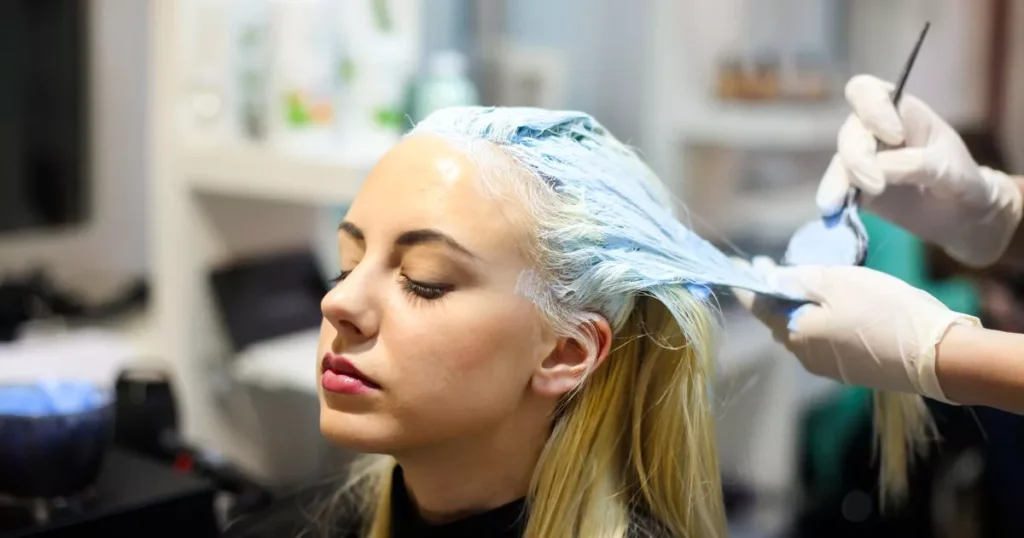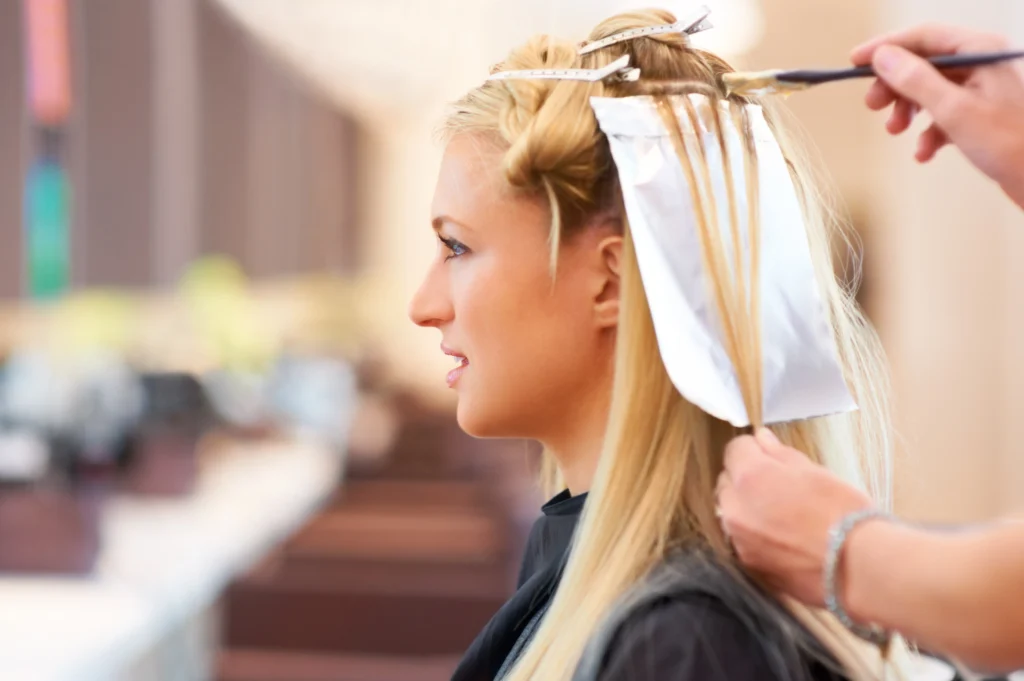Introduction
Coloring hair at home has become a popular trend, especially with the rise of DIY beauty culture on social media platforms. However, while it may seem like a fun and cost-effective way to switch up your look, there are risks involved that many people may not be aware of. In this article, we’ll explore the potential dangers of coloring your hair at home, as explained by our experienced hair stylist.

Understanding the Basics
Before delving into the risks, it’s important to understand the basics of hair coloring. Hair dye contains chemicals that penetrate the hair shaft to change its color. These chemicals can vary depending on the type of dye, but most commonly include ammonia, hydrogen peroxide, and various pigments.
The Risks
1. Allergic Reactions
One of the most significant risks of coloring your hair at home is the potential for allergic reactions to the chemicals in the dye. These reactions can range from mild irritation to severe allergic dermatitis, which may require medical attention. It’s essential to perform a patch test before using any new hair dye to check for sensitivity.

2. Damage to Hair
The chemicals in hair dye can also cause damage to the hair shaft, leading to dryness, breakage, and split ends. Overlapping or leaving the dye on for too long can exacerbate this damage, leaving your hair looking dull and lifeless. Using lower-quality dyes or bleach can increase the risk of damage.
3. Uneven Color
Achieving an even color at home can be challenging, especially for those with long or thick hair. Without the expertise of a trained stylist, it’s easy to miss spots or apply the dye unevenly, resulting in patchy or streaky color. Additionally, using the wrong shade or applying the dye incorrectly can lead to undesirable results.
4. Chemical Burns
Improper application of hair dye can result in chemical burns on the scalp, neck, or face. This can occur if the dye is left on for too long or if it comes into contact with sensitive skin. Chemical burns can be painful and may cause scarring if not treated promptly.
5. Hair Texture Changes
Repeated use of hair dye can alter the texture of your hair, making it feel coarse, brittle, or straw-like. This is especially true for those who frequently bleach their hair or use harsh chemical dyes. Over time, these changes can become permanent and may require intensive treatments to repair.

Tips for Safe Home Coloring
While there are risks involved in coloring your hair at home, there are steps you can take to minimize them:
- Read the Instructions: Always carefully read and follow the instructions included with the hair dye.
- Perform a Patch Test: Before applying the dye to your entire head, perform a patch test to check for allergic reactions.
- Protect Your Skin: Use petroleum jelly or a barrier cream to protect your skin from dye stains.
- Use Quality Products: Invest in high-quality hair dye and follow recommended application techniques.
- Seek Professional Help if Needed: If you’re unsure about how to color your hair at home or have experienced problems in the past, consider consulting a professional stylist.
Conclusion
While coloring your hair at home can be a fun way to change your look, it’s essential to be aware of the potential risks involved. From allergic reactions to chemical burns, there are several hazards to consider before reaching for that box of hair dye. By following the tips outlined in this article and seeking professional help when needed, you can minimize the risks and achieve beautiful results safely.